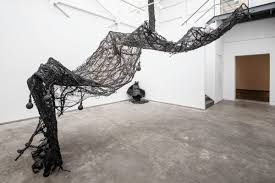
Menu

Virtual Reality (VR) is transforming how we experience art. In 2025, more artists and curators are embracing VR galleries—immersive digital spaces where viewers can explore exhibitions from anywhere in the world. With just a VR headset or a web browser, art lovers can now “walk through” virtual halls, admire 3D sculptures, and zoom into high-resolution paintings—all without leaving their homes.
This shift is making art more accessible than ever. Traditional galleries often face limitations of space, cost, and geography. VR galleries eliminate those barriers, allowing global audiences to attend openings, artist talks, and curated tours in real time. Platforms like Spatial, ArtGate VR, and Mozilla Hubs have made it easy for creators to design their own digital exhibitions, no physical venue required.
For artists, VR opens new creative possibilities. Entire environments can be built around a theme—floating rooms, underwater galleries, or dreamlike landscapes that complement the artwork. Some creators are even producing art that only exists in virtual space, like interactive 3D installations or time-based digital performances.
However, the rise of VR in art also comes with challenges. Viewers may miss the physical presence and texture of original works, and not everyone has access to VR gear. Still, many see this as a complementary medium, not a replacement.
As technology continues to advance, virtual galleries will likely become a standard part of the art ecosystem. Blending creativity and innovation, they represent a new chapter in how we create, share, and engage with art in a digital world.



